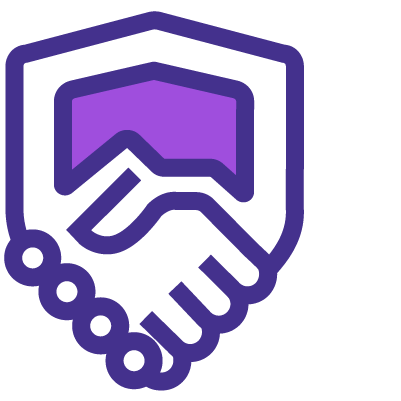 To help and support our clients we are providing a limited number of 250 daily discount codes. Hurry, first come, first served!
To help and support our clients we are providing a limited number of 250 daily discount codes. Hurry, first come, first served!
Cisco Training FAQs

Why we're the go to training provider for you

Best price in the industry
You won't find better value in the marketplace. If you do find a lower price, we will beat it.

Trusted & Approved
We are accredited by PeopleCert on behalf of AXELOS

Many delivery methods
Flexible delivery methods are available depending on your learning style.

High quality resources
Resources are included for a comprehensive learning experience.




"Really good course and well organised. Trainer was great with a sense of humour - his experience allowed a free flowing course, structured to help you gain as much information & relevant experience whilst helping prepare you for the exam"
Joshua Davies, Thames Water



Looking for more information on Cisco Training
 Top 70 CCNA Interview Questions and Answers
Top 70 CCNA Interview Questions and Answers Network Engineer Job Description: An Overview
Network Engineer Job Description: An Overview What is Ipv6(Internet Protocol Version 6)? Explained in Detail
What is Ipv6(Internet Protocol Version 6)? Explained in Detail Difference Between Ipv4 and Ipv6: Key Difference
Difference Between Ipv4 and Ipv6: Key Difference What is Cognitive Threat Analytics? An Overview
What is Cognitive Threat Analytics? An Overview Top 30 Network Security Interview Questions & Answers
Top 30 Network Security Interview Questions & Answers CCSP vs CISSP: Which One is Better?
CCSP vs CISSP: Which One is Better? Advantages of Ipv6 Over IPv4: A Complete Breakdown
Advantages of Ipv6 Over IPv4: A Complete Breakdown














 If you wish to make any changes to your course, please
If you wish to make any changes to your course, please


